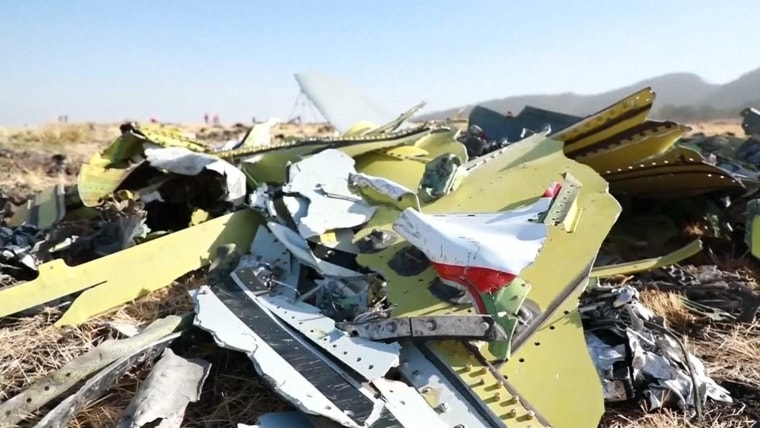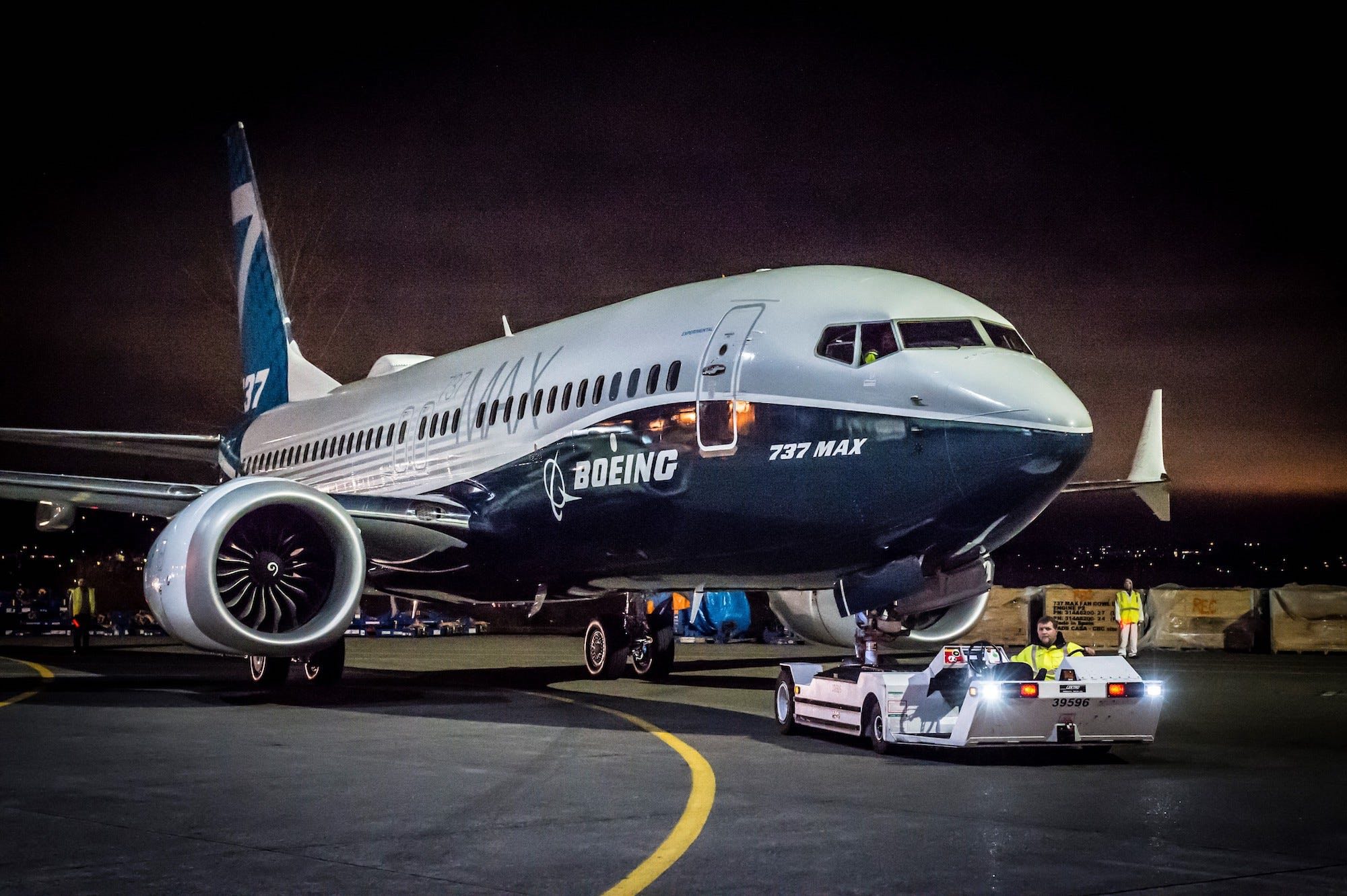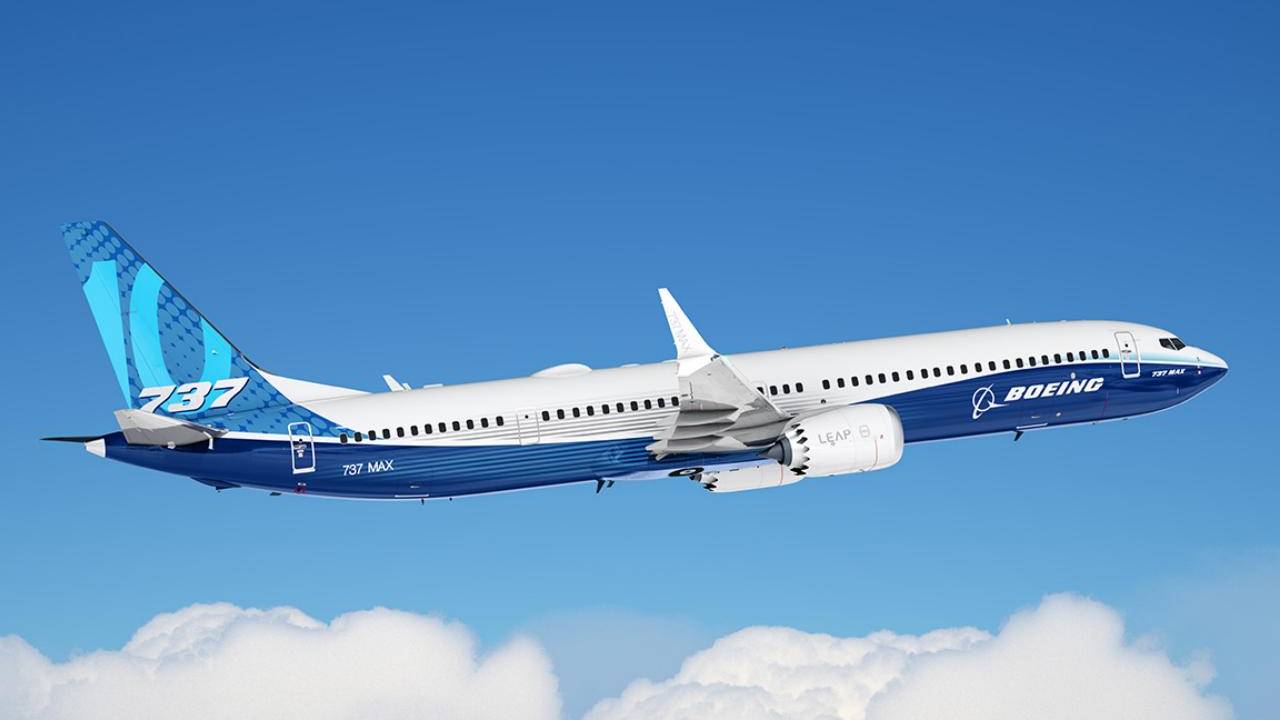There certainly have been some significant changes in our world since the last post on this site, so I will give you a quick recap on what we have learned so far and then queue into the discussion today which focuses on aviation administration that may have had underlying effects on this 737 MAX crisis.

On October 29th, 2018 and March 10th, 2019 Boeing 737 MAX airplanes went down in Indonesia and Ethiopia respectively. These two crashes had no survivors and killed a total of 346 people including flight staff and passengers. The 737 MAX was later investigated and determined to be too dangerous to continue flight until significant changes were made. While correct, this ruling has sent the company Boeing into a downward spiral and completely derailed the initial concept for this release which was supposed to be a stopgap until an entirely new aircraft could be developed to keep level with the up and coming competitor Airbus. As the situation continues to develop, it is important to remember all the perspectives and each part within the system that failed. Last time, we talked about the MCAS system which was supposed to make the aircraft behave in a more familiar way for the pilot. This design was not flawless as it should have been leaving the blame entirely on Boeing there. This time, we will talk about how it is important to scrutinize the systems and regulations that allowed pilots to be unprepared and an airplane of this nature to reach the runway.

The United States has represented a hub of aircraft technology, innovation, and commercial potential in the aviation industry. Therefore, it is no surprise that the Federal Aviation Administration (FAA) is one of the foremost regulatory bodies across the globe. Since August 23rd, 1958, the FAA has been pushing the standards for United States aircraft and setting precedents for other aviation administrations (“A Brief History of the FAA”). After the two recent crashes of the Boeing 737 MAX, members of the media and the public began to question how an airplane with clear and systematic flaws could make its way through the many checks that FAA officials carry out before the airplane is even manufactured. For many, the idea of FAA officials being private employees, paid by the airline manufacturers, was startling. How could it be possible to be impartial and thorough in examining every part of an aircraft when the business is pushing that employee to complete the task quickly so that the next phase can begin? One of the key reasons for having government certified private employees is to make sure that the engineers responsible for putting an airplane in the air are a part of the design and testing process from the beginning. By having first-hand experience with the aircraft, an employee of the manufacturer will have more knowledge than an independent government official could ever receive in a similar time. (Thrush) To maximize business continuity and time required for assessing an aircraft, private certification is necessary. Today, the question is whether or not independent certification should be administered as well.

Another area of significant concern for the aviation industry is the lack of an international governing body that is able to enforce highly effective and standardized rules across all member nations. Right now, the International Civil Aviation Organization (ICAO), a United Nations specialized agency, sets “civil aviation Standards and Recommended Practices (SARPs) and policies in support of a safe, efficient, secure, economically sustainable and environmentally responsible civil aviation sector (“About ICAO”).” While this appears to be exactly the regulation necessary for the world to all be on the same standards, the reality is that nations like the United States with significantly greater aviation capacity also have significantly higher bars set for airplanes to be considered air worthy and pilots to be allowed to fly. For example, the copilot on the 737 MAX that crashed in Ethiopia had only 361 total hours of career flying logged. To become a pilot at of one of the major airlines in the United States, 1500 hours would have been required. (Gates) These numbers are purely to demonstrate that the standards of flight requirements in different nations are inconsistent. Some people have been using these facts to claim that under the same circumstances no United States pilot would have encountered the same issues and even if they did, they would have been able to carry out the recovery sequence more efficiently to regain control. While there may be a sliver of truth to this as experience never hurts, it would be foolish to say that the conditions pilots on either of the crashed flights faced were not extreme, stressful, and challenging. Looking back at the disparity in flight hours, it is clear that an international standard should be developed. Whether it be the ICAO or some other aviation governing body, pilots and passengers should feel confident in the equipment that they are using and depending on to get from one location to another safely.
One of the concepts that has sustained throughout the investigation of the Boeing 737 MAX jet from many perspectives is the necessity of change. From Boeing, to aviation certification, to international regulation, to consumer standards in this industry, everyone must rethink what it is they require and what is necessary to regain trust and confidence in one of the most important businesses across the world. Pushing any technology towards greater innovation will always produce new risks and consequences that were previously unknown. Our engineers find methods to implement new ideas that can change lives and they strive towards perfection. As a society, we need to require that in areas that contain life threat, perfection is achieved, from research, to design, to manufacturing, to regulating, to flying.

Sources:
“About ICAO.” About ICAO, www.icao.int/about-icao/Pages/default.aspx.
“A Brief History of the FAA.” FAA Seal, 4 Jan. 2017, www.faa.gov/about/history/brief_history/.
Gates, Dominic. “How Much Was Pilot Error a Factor in the Boeing 737 MAX Crashes?” The Seattle Times, The Seattle Times Company, 15 May 2019, www.seattletimes.com/business/boeing-aerospace/how-much-was-pilot-error-a-factor-in-the-boeing-737-max-crashes/.
Thrush, Glenn. “F.A.A. Chief Defends Boeing Certification Process at House Hearing.” The New York Times, The New York Times, 15 May 2019, www.nytimes.com/2019/05/15/us/politics/boeing-faa-congress.html.
Hey Cole! I loved reading this blog, I always find it super fascinating to learn about the airline industry because it’s something I’ve loved for a while but never really take the initiative to learn about. Especially about this whole Boeing scandal because it ties into so many different areas of interest it’s just interesting.
This specific blog post, however, reminded me of a really stupid example of when profitability and competition forced businesses to push a product out too soon without proper testing, that I for some reason have in my head. Hasbro is (was? I’m not even sure if they still make them) the manufacturer of the Easy Bake Oven. They had a major recall of over 1 million of their ovens after they received over 200 complaints of children getting their fingers and hands stuck in the ovens’ openings and them getting severe burns. This oven was originally supposed to help kids learn to cook and be a fun toy, but it soon turned into a nightmare. The funny part in my mind is that after the recall, Hasbro offered all of the injured parents a $32 Hasbro gift card and that was their entire reparation. They didn’t pay for hospital bills, or anything useful.
But this got me thinking about the actual repercussions that Boeing is facing. We’ve obviously talked about the situation but if any consumer product that wasn’t such a big company in such a vital industry let a product be released that killed hundreds of people, they would never be allows to reopen again. Their business would be ended in a second. So, I’m curious, are people or governments calling for Boeing to be shut down? Or just for regulations and manufacturing to be more perfected? And has Boeing itself made any statements about if they are going to do anything to give back to families that lost their loved ones, or are they just planning on moving forward.
Source:
Donna Clark Frayne. “10 Famous Product Recalls: St. Louis Injury Lawyer.” Donna Clark Frayne, 15 Aug. 2017, http://www.frayneaccidentinjurylaw.com/blog/10-famous-product-recalls/.
Hey Cole! This was a great post, while I don’t know much about aviation I always love to hear more about it as I think it’s just a fascinating topic. As I was reading this post, I’m not sure why, but it made me think of car recalls throughout history. The first one to come to mind was the Ford Pinto back in the 1970’s.
The Ford Pinto was pushed to production by the president of the company at the time, Lee Iaccoca. Iaccoca wanted to produce a small car to compete with the Japanese companies that dominated that segment at the time. The Ford Pinto had a production time that would even be considered impressive today. Ford planned for the Pinto to be less than 2000 pounds, not a penny over $2000, and delivered in 25 months. Production was running smoothly until the Pinto entered rear-end crash testing. The gas tanks ended up being easily puncturable and just positioned in a spot that caused them to leak under the vehicle during rear impact. Reports even claimed that the entire contents of the fuel tank would leak out in one minute (Popular Mechanics).
After realizing they had a serious problem, Ford engineers proposed solutions. These solutions included moving the gas tank and borrowing a design ford already used in the Capri. With plans to get the Pinto out the door and on the market as soon as possible, Ford conducted a cost-benefit analysis. Ford decided to spend an additional $11 per vehicle to make a small fix instead of redesigning the placement of the gas tank, a fix that would have cost them $113 million. Ford decided that it would be more beneficial for them financially to allow for injury, severe burns, and even mortality to happen and payout $49 million in damage payments. This ultimately caused an estimated 27 to 180 deaths (Popular Mechanics).
I think big companies like Ford and Boeing need to enhance their safety and take action to make improvements when there are clearly safety concerns in their products. Further regulation will help to prevent injury and mortality.
Source:
https://www.popularmechanics.com/cars/a6700/top-automotive-engineering-failures-ford-pinto-fuel-tanks/
Hey Cole, I really liked your blog post. Once again I am glad you keep me up to date on issues that otherwise I might not be updated on. Even though in this example there was not enough testing done on these airplanes, I really did not realize the many companies and corporations that work to test the safeness of airplanes. This reminded me of something on a much smaller scale. When we were learning about language development in my infancy development class, we discussed the scandal of Baby Einsteins. You may be familiar with these videos, in 2003 ⅓ of infants had a Baby Einstein video. The big problem with these videos was that they were advertised as educational, they claimed to improve a child’s cognition and vocabulary. This contrasted American Academy of Pediatrics which recommended no screentime for children under 18 months. Well it turns out that the company who produced Baby Einstein did absolutely no research. And after a study was done researchers found that babies who watched the program had fewer words then babies who did not. Parents freaked out and there was a giant lawsuit. The producers of Baby Einsteins actually had to pay parents for damage to their children. This made me think, should the family’s of the victims of the Boeing 737 MAX crashes be entitled to compensation? As you said any pilot probably would not have been able to save that crash however the pilot did not have the proper qualifications to fly. Your blog speaks to what needs to change in the future as a result of this incident, but I am still left wondering how they dealt with the damage of this accident.
Works Cited
https://www.nytimes.com/2009/10/24/education/24baby.html
Hey Cole, I really enjoyed your post! I think it’s awesome that you are addressing the complications with Boeing, especially at a time like this where many planes aren’t flying. The whole Industrial sector has taken a big hit, laying off many employees. The Coronavirus definitely has given us time to reflect.
While digging up some research, I found something that caught my eye about the FAA. I don’t know if you talked directly about it, but the FAA decided to propose a “rare” fine of $3.9 million in December of 2019, based on the information you gave. The FAA stated that Boeing “knowingly submitted aircraft” that was not up to safety certification standards. The FAA continued by revealing the problems of the wings, directly citing “prone to fatigue and failure” (Laris and Duncan). Honestly to me, this is mind boggling. Boeing was only fined roughly 4 million dollars. This company boasts a billion dollar balance sheet with plenty of cash on hand. From this instance, the FAA clearly has its problems. The FAA has little to no power over big companies, and that is an issue. As well, as you said, they are a private organization, leading to problematic biases. Boeing should be fined enormously for their multitude of problems. First, it was the faulty sensors, now it was the wings of the planes.
Casually, Boeing agrees to make significant changes, but how we are to trust these claims of goodwill. Boeing only has to pay small fines for numerous deaths because of their faulty planes. I think these big companies need to be properly regulated an order to ensure safety.
Source:
https://www.washingtonpost.com/local/trafficandcommuting/boeing-knew-of-problems-with-wing-parts-but-told-faa-planes-were-safe-agency-says/2019/12/06/fc8190f0-1874-11ea-9110-3b34ce1d92b1_story.html